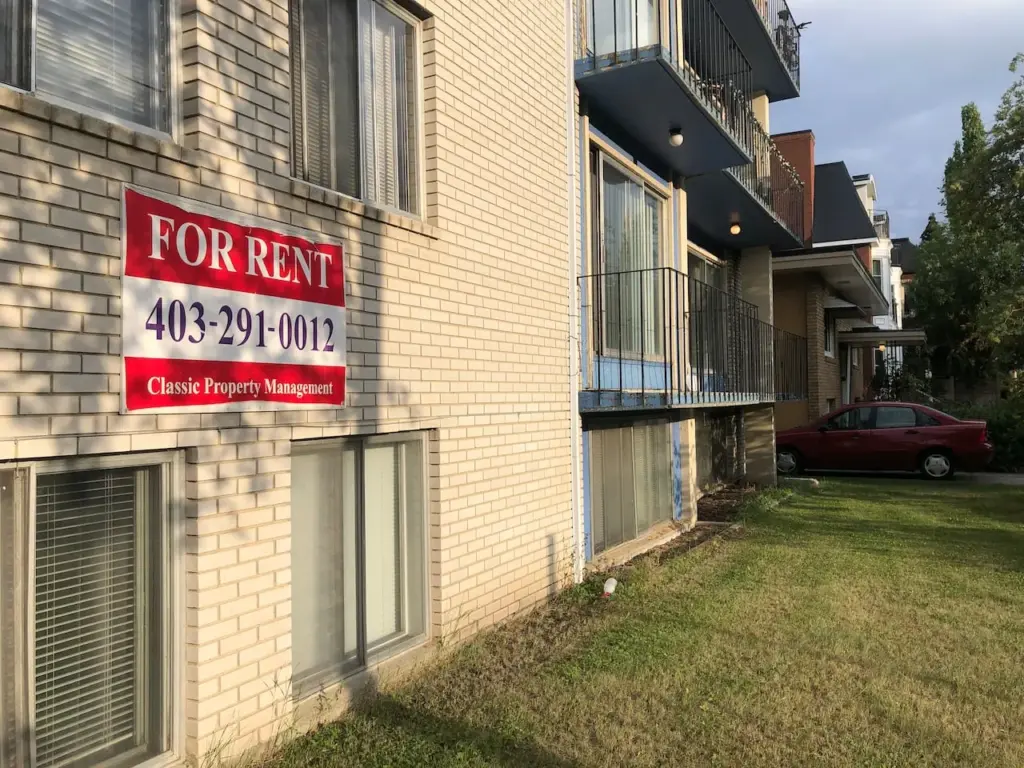As you progress in the real estate sector, you realise that there are numerous ambiguous acronyms and terminologies. Among them is Finished Storage Type, or FST.

You are more vigilant while buying or selling real estate if you have knowledge of FST and how it affects real estate agreements. This article will tackle some of the most commonly asked questions, give a short explanation of FST, and discuss its relevance.
What Is FST?
“FST” indicates completed spaces within a building that are utilised for storage functions, typically containing utility systems like electrical panels or hot water heaters. People cannot inhabit FST spaces unless certain requirements are met, even with desirable finishes.
The primary attributes of FST (Finished Storage Type) are:
• The area should be completed, i.e., floors, walls, and ceilings that are typically found in liveable spaces.
• Utility Function: As FST spaces are generally of average utilities, though functional, they are not inhabited as living rooms.
• Not Included as Living Space: Even after being finished, FST spaces are not counted in the overall area of a house unless they meet certain standards.
Role of FST in Real Estate Transactions
FST significantly impacts feature pricing and consumer expectations. There are a few areas where it plays a very important role:
1. Proper Property Descriptions
Accurate property descriptions are significant in property deeds. From FST, it is obvious which areas are complete but not intended for use. This is relevant to potential buyers since it affects the perception of usable space in a property.
2. Effect on Appraisal
When appraising a house, appraisers consider FST in addition to other aspects. Since FST is not factored into the calculation of living space, it could affect the overall value. Through understanding the calculation of FST, buyers and sellers can set realistic expectations of a property’s worth.
3. Clarity of Buyers
Knowing FST encourages buyers of real property to be more open. To identify whether the square footage of a property on a listing represents FST or the living area alone, one will need to take a look at the square footage of the property. This remains simple and benefits consumers by aiding them in being informed.
FST vs Other Common Real Estate Terms
To gain a clearer picture of FST’s functioning, it is useful to consider it in the context of other terms that are commonly used when discussing real estate.
Finished Attic (FAT) and Finished Basement (FBM)
• FAT: This finished attic area could serve as a house. These areas are generally added to the living space total if they are satisfactory in terms of height and accessibility.
• FBM: Similarly, a finished basement can be used as a living area if it is fully functional, finished, and to a certain quality. As opposed to FST, the total square area of a property is measured by adding FAT and FBM.
Gross Living Area (GLA) and Total Living Area (TLA)
• Total living area (TLA) is an interior measurement that counts every finished area, including attics and basements.
• GLA: Gross living area, derived from outside measurements, usually only covers areas above ground. Exclusion of FST from both TLA and GLA again indicates its unique place in property valuation.
The Importance of Understanding FST
Below are the importance of FST:
1. Avoid Deceptive Listings
Most of the listings mention square footage in attempting to sell the property, but might not always state what the square footage comprises. Knowing clearly what FST is, the buyers can dig into the nitty-gritty and be sure of what they are buying.
2. Informed Offers
When buyers offer on a piece of property, they use square footage information. Understanding how FST is computed allows buyers to make better-informed offers that correspond to the property’s worth.
3. Managing Assessments
Sellers and buyers can have a better idea of why there are different appraisals if they understand the process of determining FST. Understanding can prove useful during negotiations when there are different reports.
How Is FST Determined?
The level of completion quality and the final purpose of the space determine FST. FST will be a completed space utilised primarily for storage.
Can You Live in FST?
Sometimes, FST can be converted into habitable space. But that would involve conforming to building regulations and codes that define what is considered habitable space.
The Necessity for Buyers to Provide FST Requests
Purchasers need to ask for FST to clarify any confusion regarding the usable area of the property. Knowing how FST is treated can help avoid confusion at the time of acquisition.
Final Thoughts
In summary, anyone who gets involved in selling or buying property should be aware of what FST stands for and why it is important in real estate transactions.
Being informed on what FST entails will allow you to navigate the complexities of real estate transactions more professionally. Without fear, decisions will be made when you know clearly what you are getting for purchasing a piece of property.
Regardless of your level of experience as an investor or first-time homeowner, being knowledgeable about FST and how it affects you can save you time, money, and frustration. Never underestimate the value of transparency regarding real estate, and that transparency is understanding acronyms like FST.







